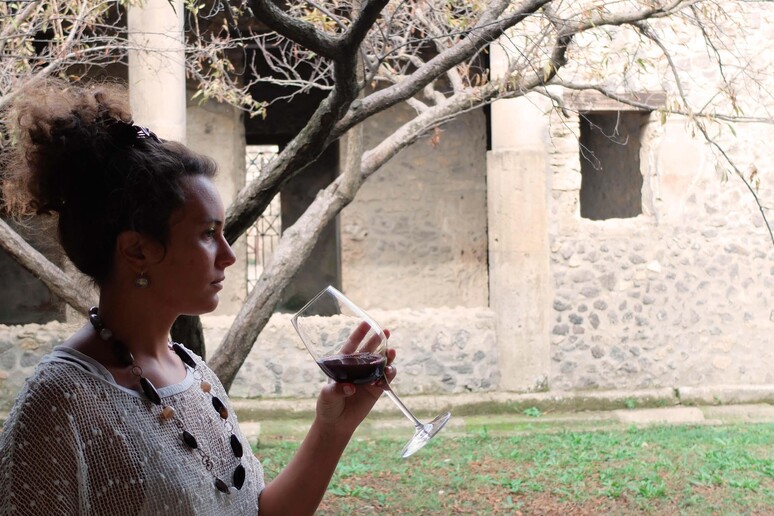The 15th annual grape
harvest began Thursday amidst the ancient ruins of Pompeii.
The harvest is part of an ongoing experiment to reproduce
the ancient wine of the affluent seaside town before it was
buried by a volcanic eruption from nearby Mount Vesuvius in 79
AD.
Workers began picking grape clusters in an effort that has
widened over the years from one hectare of land near Pompeii's
Forum Boarium, an area used for the same purpose in
antiquity, to an additional five other areas as well.
The wine is made with local Piedirosso and Sciascinoso
grapes using viniculture techniques from ancient Roman times,
and has been named after the Villa dei Misteri (Villa of
Mysteries), a Pompeii landmark famed for its cycle of frescoes.
The wine is sold in fine restaurants under the brand
Mastroberardino at a price of more than 100 euros a bottle. Five
percent of the proceeds go in royalties to the state body that
oversees the ruins, the Superintendence for Archaeological
Heritage, in addition to 6000 euros to cultivate 1.5 hectares of
land.
To determine which plants most closely matched the
originals, experts leafed through numerous texts written in the
1st century AD by Pliny the Younger, a prominent politician and
writer, and Columella, or Luicius Junius Moderatus, a Roman
soldier who preferred farming to the military life.
The experts also gleaned information from artistic
depictions of grape harvests and bunches of the fruit, which
appear in the most famous homes of the city, as well as the
reconstruction of an ancient wine press still visible today.
The idea was the brainchild of Antonio Mastroberardino,
owner of a relatively small wine-making company in the Avellino
area near Naples that bears the family name, and has been
carried out through the Laboratorio di Ricerche
Applicate(Laboratory of Applied Research).
The cultivated land among the ancient ruins now have a
production capacity of about 30 tons per hectare.
ALL RIGHTS RESERVED © Copyright ANSA











